Pruning vines at Domaine Viticole Paris Gravelle
The biggest and newest vineyard to arrive on the Paris vine scene
Before I get into the subject at hand, I’m pleased to announce that my book ‘The Hidden Vineyards of Paris’ is being featured on National Geographic’s Smart Traveller Book list. You can purchase a copy of the book online, or support your local bookshop and buy or order through them. There is also an article on Paris in which Paris Wine Walks is featured appearing on 2 May. We’ll give you links to both as soon as we have them!
A few months ago I hosted some people from Australia who were thinking of heading to Champagne to include a vineyard visit during their stay in Paris. With Paris Wine Walks they were thrilled to discover they didn’t have to travel any further than the city centre itself.
Admittedly, most of the vineyards of Paris are small, and when they do produce wine, it is in such limited quantities there isn’t enough to go around. Whatever wine is produced is shared during the Fête de la Vigne (generally around the first week in October) or drunk by city officials and their guests. With the exception of the Clos Montmartre, which up until recently, was the only commercial vineyard in Paris that sells its wine to the public.
Actually, there is another vineyard in the 16th arrondissement that commercially produces a sparkling wine, but in such tiny quantities, it is practically impossible to buy any. More on that another day and another post when the weather is better and cycling across the city becomes a pleasure rather than a chore.
Visiting commercial vineyards doesn’t necessarily mean travelling to the French countryside
In reality, the Clos Montmartre is still the only commercial vineyard in Paris where one can taste the wine. But in a few years, it will be vastly overshadowed by the new kid in town in terms of quantity.
I’ve already written about the Domaine Viticole Paris Gravelle in an earlier post. But I recently attended a pruning workshop there, which was both an opportunity to visit the vineyard and also a review of pruning techniques.
There are several approaches to pruning, which is generally regarded as the most important vineyard intervention of the year. Each style of pruning takes into account the age of the vines and their specific geographical, climatic and varietal requirements. For very young vines, such as those at the Domaine Paris Gravelle, it is important not to leave too many eyes on the young, developing stock, as producing grapes too early will limit the formation of reserves that are essential for renewed growth the following year.
There were about 10 of us attending the workshop, which took place on a rather chilly and windy Saturday morning on 9 March. Virginie Dulucq, who is the energy behind this vineyard, and the rooftop vineyard of the Municipal Police Department at 1 Place Baudoyer, 75004 is also the spirit that founded UrbAgri, whose mission statement, among other things, is: Developing urban agriculture projects to strengthen solidarity and professional integration and reduce the social and intergenerational divide in urban areas. A laudable goal in a world rife with anxiety, isolation, division and depression. Agriculture is another form of culture, and a very ‘grounding’ one at that.
As the Domaine Viticole Paris Gravelle vineyard was planted in 2022, it is the youngest, but with 5000 vines, is now by far the largest of the intramuros Paris Vineyards. The objectives of winter pruning are many, but are primarily to ensure a quality harvest, in sufficient quantity. It also means calculating the number of eyes (buds) to be left for the following year's pruning, evaluating the fertility of the buds at the base of the stock and choosing the pruning system that corresponds to the vineyard objectives and the terroir.
What has and is being adopted at Domaine Gravelle is ‘gobelet’ pruning, which has traditionally been associated with Mediterranean vineyards, allowing vines to better cope with dry periods. Virginie explains that there are several reasons for the choice of gobelet pruning for Gravelle, such as water conservation (as mentioned above).
Goblet pruning also has a positive impact on the physiology of the vine and the grapes. It encourages a more direct flow of sap from the old wood to the new shoots of the year. As a result, in hot summers, the sap reaches the ends of the wood better than if the vines were trellised.
Goblet pruning limits the plant's development to between 3 and 5 branches, keeps yields under control and, above all, limits the spread of diseases and parasites because the foliage of the different vines do not touch each other.
Goblet pruning has gradually been abandoned because it prevents mechanisation of the vineyard, limits yields and generates a lot of manual work, whereas, in the case of the Domaine de Paris Gravelle, the stanchion pruning method has been adopted, with the size of the stanchions chosen and the arms reassembled, which limits the amount of work required per vine.
The other objectives of pruning in general are:
Objective 2: Limiting acrotonicity
Avoiding the tendency of the plant to feed sap primarily to the branches near the tip, giving priority to the growth of the terminal buds.
Objective 3: Ensuring the longevity of the stock
The vine produces grapes every year, but also reserves for the following year.
Objective 4: Rejuvenating the stock
Look for the current year's cane, the 3-4 year old branch, and the trunk.
Objective 5: Maintaining vigour
Pruning according to the vigour of the vine depends on five parameters: the presence of mineral elements and nitrogenous organic matter; fertilisation (fertilisers added by the winegrowers); the plant material (rootstock and more or less vigorous graft) chosen; the type of soil maintenance (mechanical work or grassing, mixed method); the planting density.
This may all seem rather technical and complicated, but like most repetitive actions, it becomes second nature over time. How much time? Virginie explains that her grandfather would say five years to properly understand what each cut represents, as one reviews the outcome of one’s choices from year-to-year, and after ten years, you’re likely going to be pretty competent.
The Domaine Viticole Paris Gravelle is now at the fore of a movement to replant vines in the Île-de-France (the region around Paris) that I’ve been following for several years.
In 2000, there were 130 vineyard plots in the Ile-de-France region, rising to 200 in 2011, 150 of which had more than 100 vines. These plots represent around 12 hectares and 300 hectolitres or 40,000 bottles.
These vineyards are associative, municipal or patrimonial. They have no economic vocation and are not subject to EU wine trade regulations. Most of them are used for educational, cultural and tourist activities, as in Villepinte in the Parc départemental du Sausset (2,480 vines) or for events in Joinville-le-Pont (475 vines).
This enthusiasm for the viticultural heritage of the Paris region has lead to a rebirth of professional winegrowing that is still in its infancy. We will be tasting the wines of some of these professional wineries in an upcoming post, which is but a prelude to a series of tastings that we will host to monitor the evolution and rebirth of the Paris region as a commercial wine producer. Stay tuned for more!
Upcoming workshops at the Domaine Paris Gravelle:
Saturday 4 May 2024 and Sunday 15 September 2024: Winegrower's life through the seasons workshop
Saturday 29 June 2024 and Saturday 13 July 2024: Green works workshop
You can find out more on the UrbAgri Community web platform, on the Domaine Paris Gravelle website and on ExploreParis.
Thank you for letting me into your world and for reading the Paris Wine Walks Substack. Your support is invaluable as are your comments, suggestions, critiques, dreams, thoughts and remembrances. A little encouragement goes a long way, so please consider a paid subscription, which need cost no more than (a cheap) glass of wine per week.
Wine Walks!
For more information, click on the underlined links:
Introducing ‘Vinder Singles Wine Mingle’
Where lonely hearts can meet and through the alchemy of wine, let nature be their guide
Clos Montmartre - Paris in Your Glass
Paris' most famous wine producing vineyard
Latin Quarter Unbottled!
An insider's journey to the oldest wine neighbourhood in the city
Wine Your Way Through the Marais
The Marais seen through a wineglass
Saint-Germain-des-Prés
Discover the vinous spirit of medieval Paris
3-Vineyard Cycling Tour
A comprehensive overview of medieval Paris
Paris Bottled!
Short on time? This one’s for you.





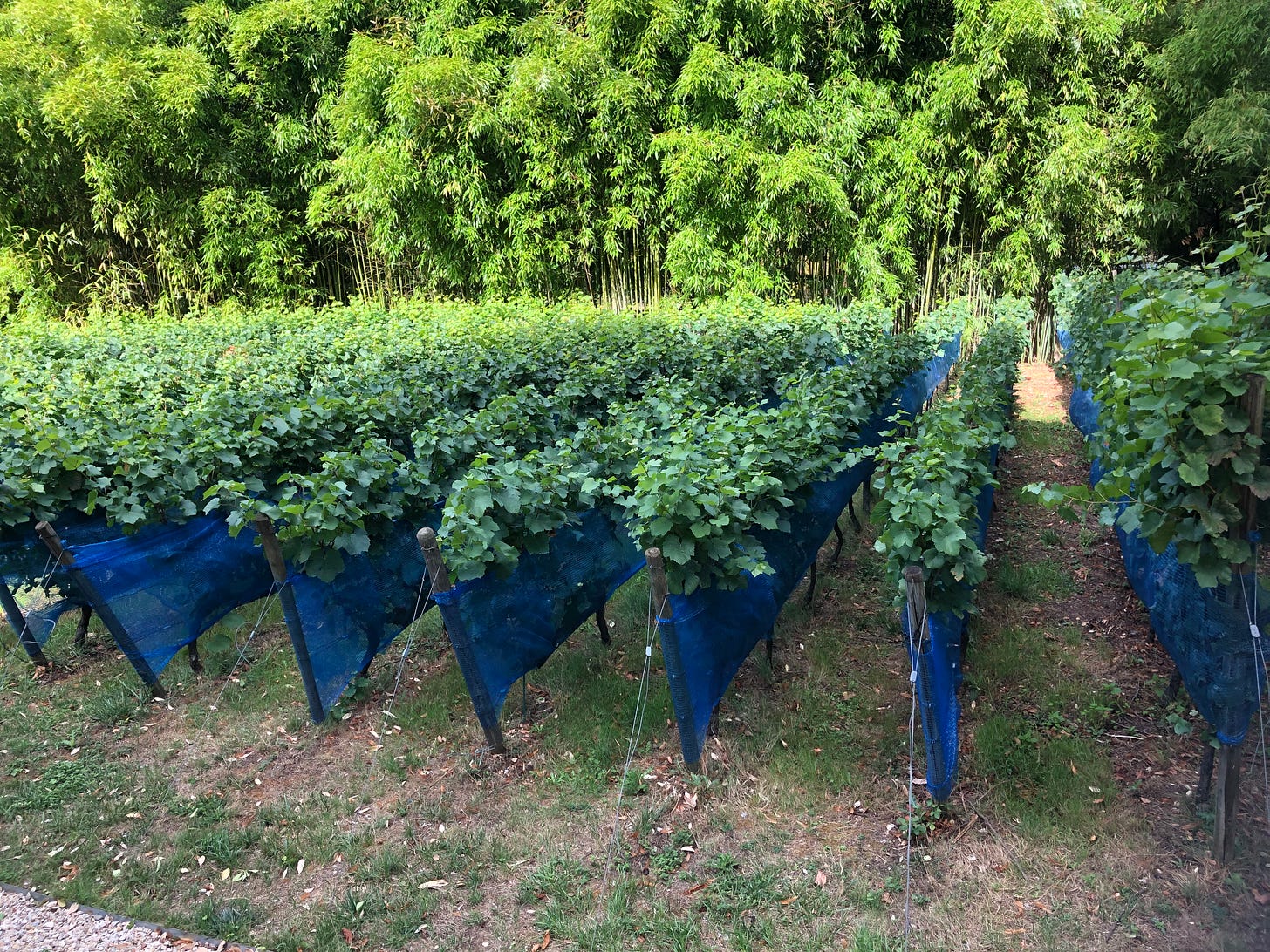
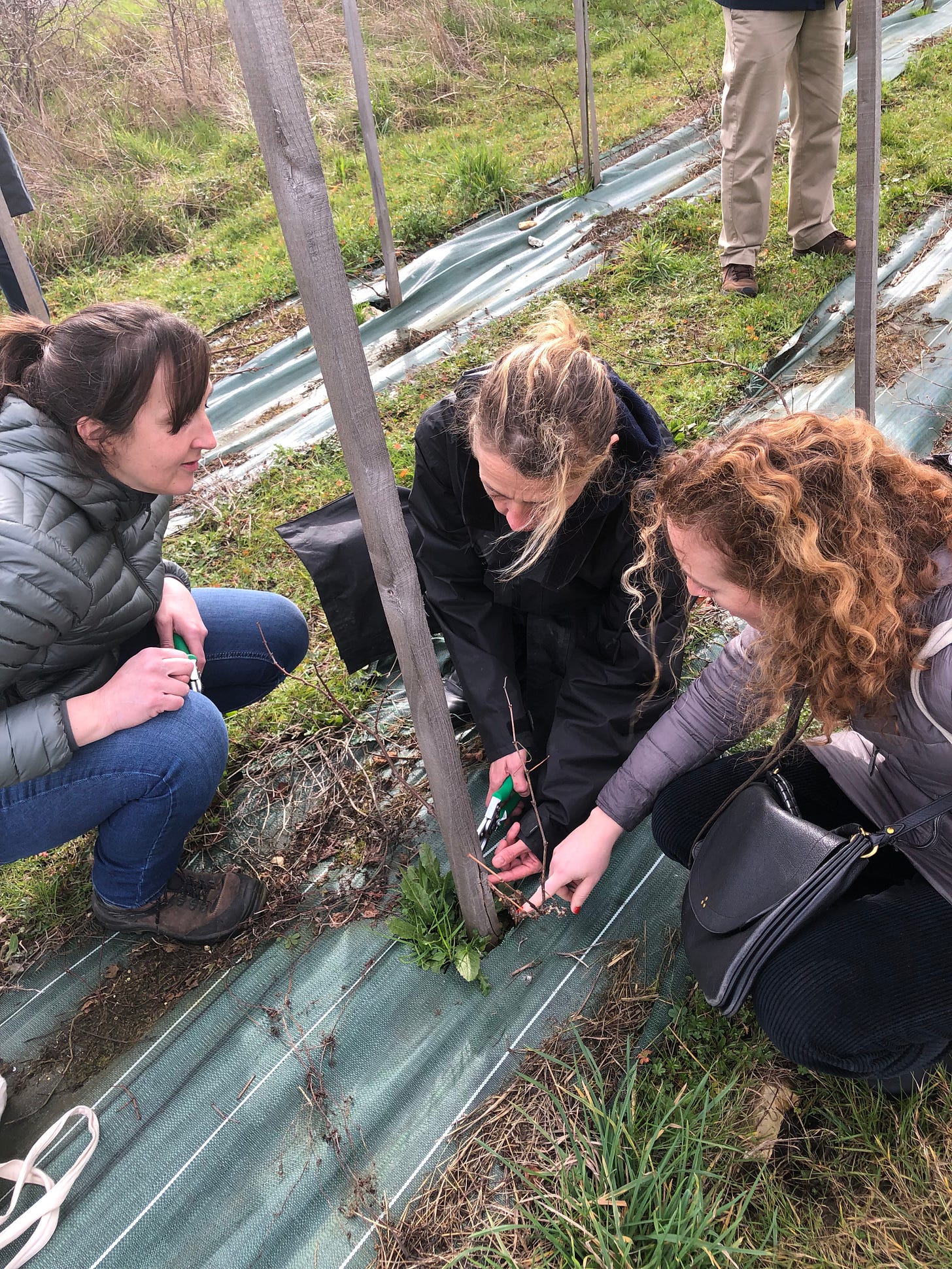


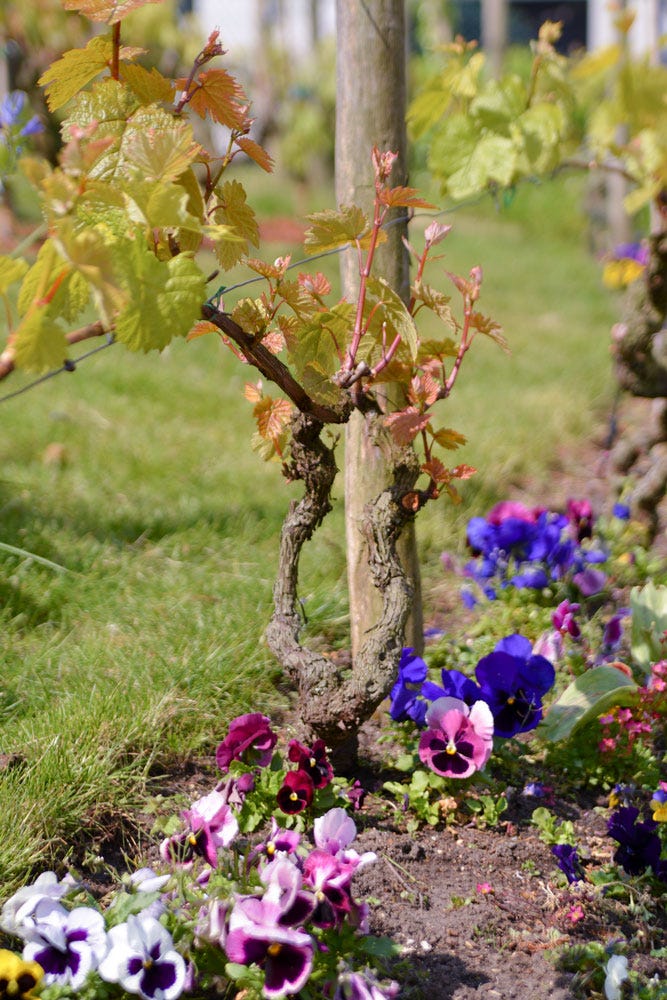
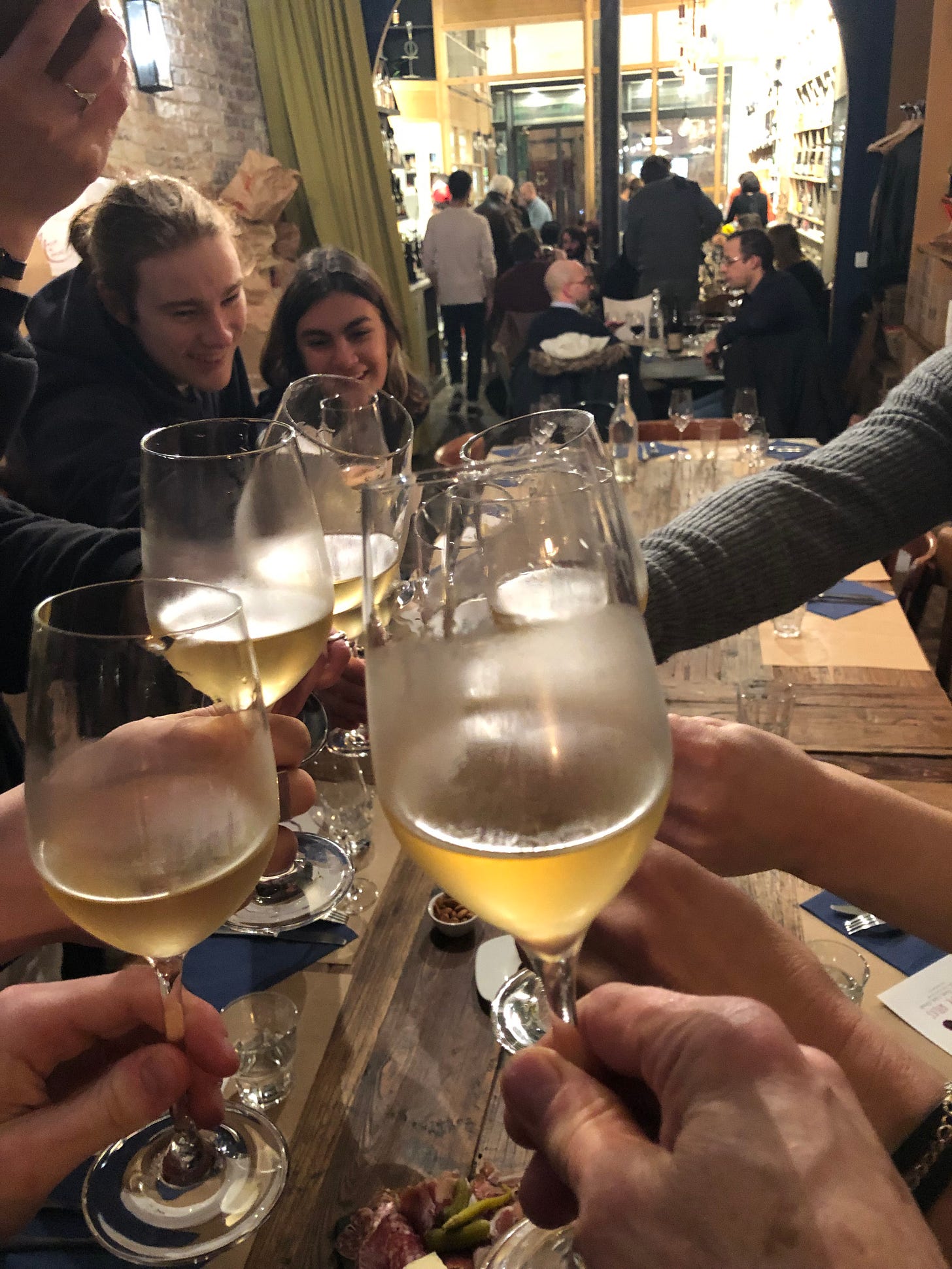
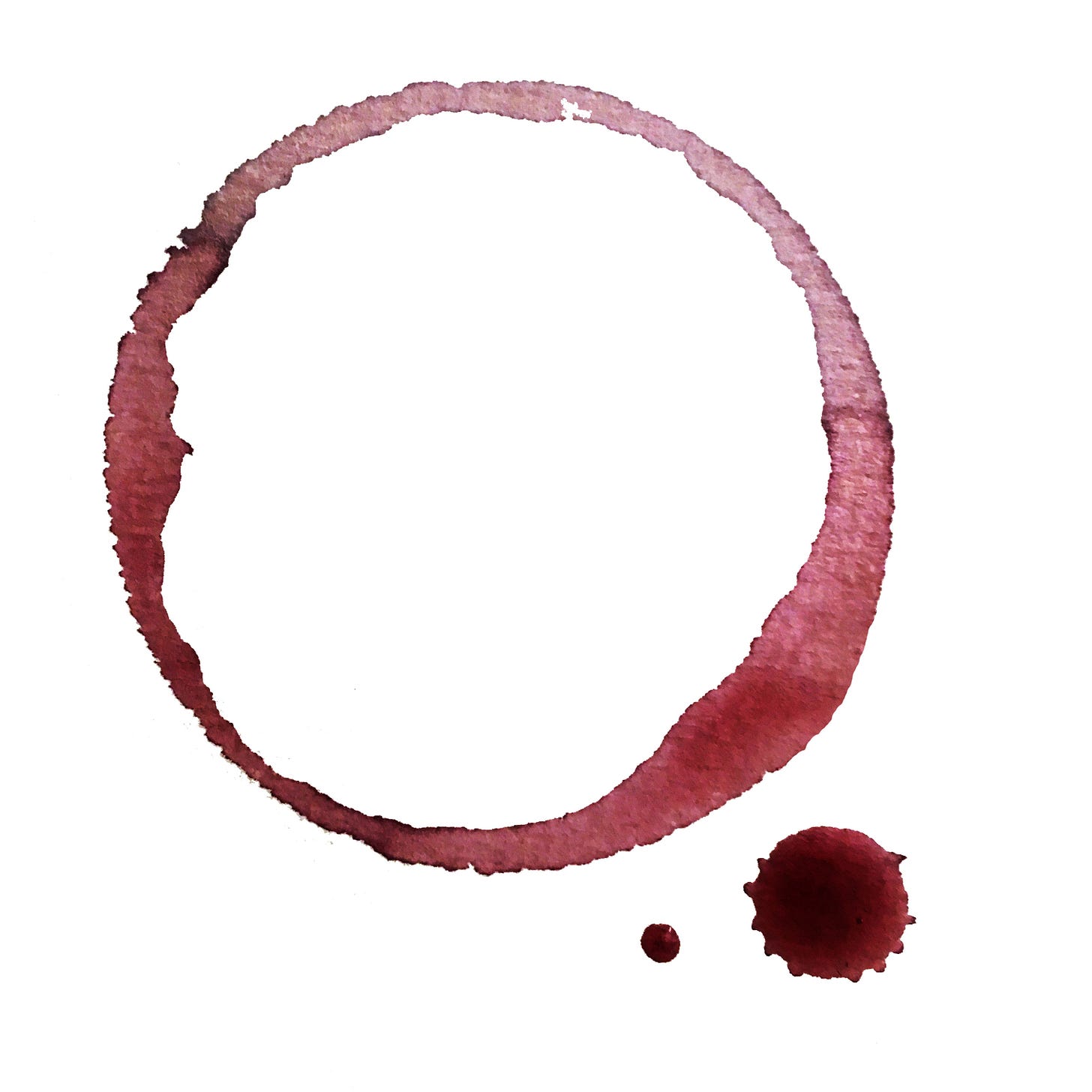
Your book is great. It will give me a new way to explore Paris..